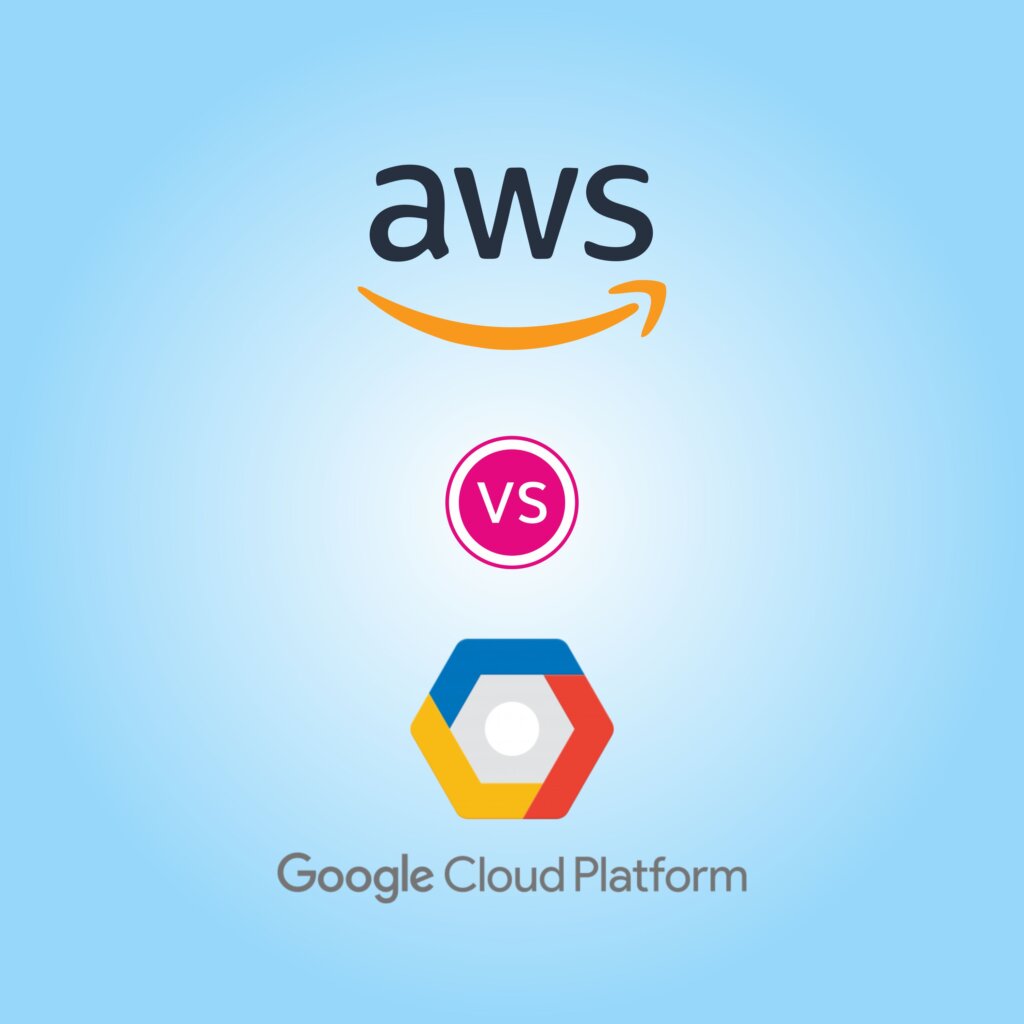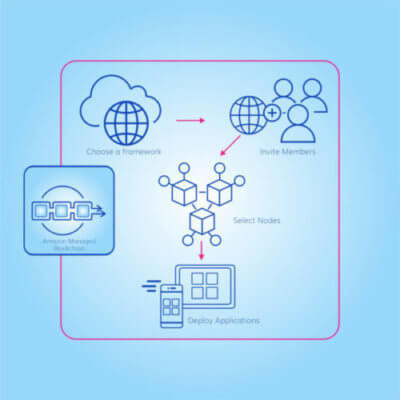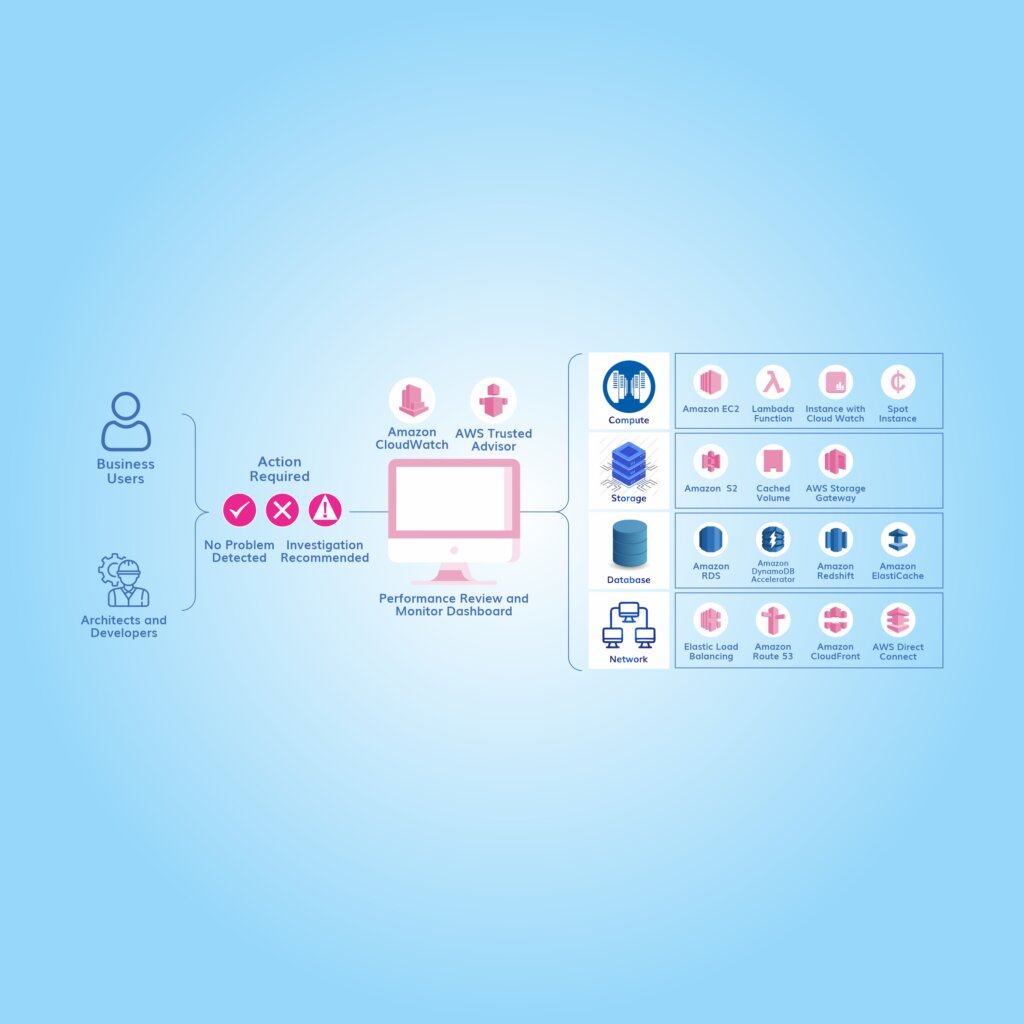Serverless Architecture Best Practices with AWS Lambda
Serverless applications that are well designed are separated, stateless, and utilize minimal code. With the growth of projects, the only aim of development managers is to preserve the design’s clarity and simplicity along with low code implementation. This blogpost recommends the serverless architecture best practices with AWS Lambda.
Arranging Your Code Repositories
Most of the Serverless applications are Monolithic applications in the initial stage. This takes place either due to the growth of complexity with time or because the developers follow the subsisting development practices.
A Monolith application is depicted by a single AWS Lambda function executing several tasks. Monoliths function well for casual Serverless applications that execute single-purpose functions. These small applications develop new characteristics making it important to refactor the code into small services.
With the help of frameworks like AWS Serverless Application Model (SAM), it is easy to group these into small services that have separate code repositories. In the case of SAM, the template. YAML file comprises all the resources and functions that are required for an application. As a result, splitting an app into microservices having individual templates is a usual way to split resource groups and repositories.

A Comprehensive Guide To AWS Cost Optimization
Don’t miss a chance to know how we help our clients save up to 30% on AWS bills. Download your ebook now to get benefitted, and stop overpaying by following our best practices.
It is possible to build one repository per function. This is perfect with independent functions that do not share other AWS resources. Having excessive repositories leads to the development of duplicate code, creating difficulties in sharing resources across repositories. To design your application architecture, it is essential to find the perfect balance for your project.
Adopting AWS Services in Place of Code Libraries
AWS services are essential building blocks for serverless applications. These can offer great performance, reliability, and scale compared to bundled code packages with the same functionality.
For instance, many web apps that shifted to Lambda utilize Web frameworks such as Flask(for Python) or Express(for Node.js). However, both of the packages bear routing and distinct user context.
For instance, Amazon API Gateway delegates each request to the Lambda function to manage routing as the Lambda function starts to grow in size as the app develops routes. This makes it harder for the developers to toil on the same project.
This proposition is usually unnecessary. It is better to gain the benefits of native routing functionality present in the API Gateway. Furthermore, the Lambda functions comprise fewer codes and package dependencies. This makes the testing process easier and lessens the requirement to maintain code library versions.
Moreover, avoid executing workflow orchestrations in the Lambda functions.
A better way is to use AWS step functions, which can indicate complicated workflows as JSON definitions in the application’s SAM template. By using this service, the quantity of Custom code decreases and boosts long-lived workflows. Moreover, workflows are updated as it is handled in-flight executions.
Utilizing Several AWS Accounts for Development Teams
There are several ways to deploy serverless applications. With time, the development managers wish to enhance the robustness of the deployment procedure with the growth of applications as it becomes essential for your business. Thus, you have several options in AWS for handling the deployment and development of serverless applications.
The account of the developer can own duplicates of production resources. It offers the developers admin-level permissions. Every developer has their bunch of limits; thus, the usage does not affect the production environment. This approach grants the developers to create strong unit testing procedures. Consequently, developers can push code to the repository.
It is hugely advised to make use of more than one AWS account. Making use of AWS Organizations will help you to manage billing, compliance, and the safety and security of these accounts. You can affix policies to the category of accounts to keep away from custom scripts and manual procedures. One easy approach is to offer an AWS account to every developer.
By implementing AWS secret management, you can save several sets of secrets in every environment and eradicate the need for credentials saved in code. As the code is upgraded directly from the developer account via beta and production accounts the appropriate set of credentials are used automatically.
You can even execute a CI/CD procedure to start creating pipelines when the code is deployed.
Controlling Feature Releases in Serverless Applications
As you apply CI/CD pipeline in your serverless applications, it is better to opt for safe deployment in place of a complete application update. Dissimilar to traditional software deployments, serverless applications are an amalgamation of custom code in AWS service configuration and Lambda functions.
A feature release might comprise an altered version in the Lambda function. Moreover, you can control the access to the deployed feature through user configuration.
CodeDeploy spontaneously builts aliases denoting the prior versions of the function. The canary deployment allows you to shift the old alias traffic to the new alias when you see the latest version works fine. Moreover, before and after shifting the traffic, you can set pre traffic and post traffic that hooks to induce Lambda functions.
Conclusion
With the growth in the size of a software application, development managers need to manage code repositories and handle releases. There are many confirmed patterns in serverless applications to help handle bigger applications. Usually, it will be great to ignore monolithic functions and mono-repository.
Serverless applications that are well designed make use of custom code in Lambda functions for connecting with AWS managed services. It is essential to spot libraries and packages that can be placed instead of services that minimize deployment size and clarify the codebase. This is true for applications that moved from server-based environments.
By leveraging AWS consulting partner’s expertise, you can handle groups of accounts to allow your developers to get their AWS accounts for development. This further enables AWS experts to copy production assets and test in opposition to the AWS Cloud whole debugging and writing the code. You can even make use of a CI/CD pipeline to push code via the beta environment while safeguarding the secrets with the use of a secret manager.
Contact Us
We’d Love to Help You
Get in Touch
- Fill out a request form. Please brief your requirements in-detail. The more we know about your amazing idea, the better we will guide and assist you with project time and resources
- We’ll reach out to you on priority to discuss next steps in the meantime please check out our case studies and insights.
- We look forward to collaborating with you to bring your idea to the market sooner than the traditional route.
Related




